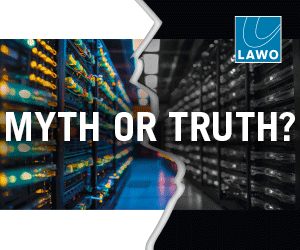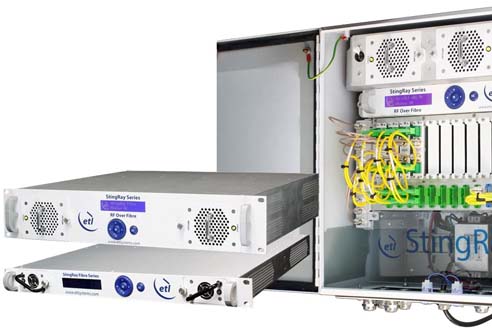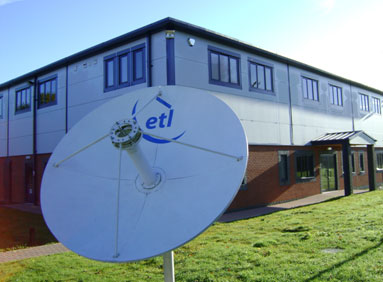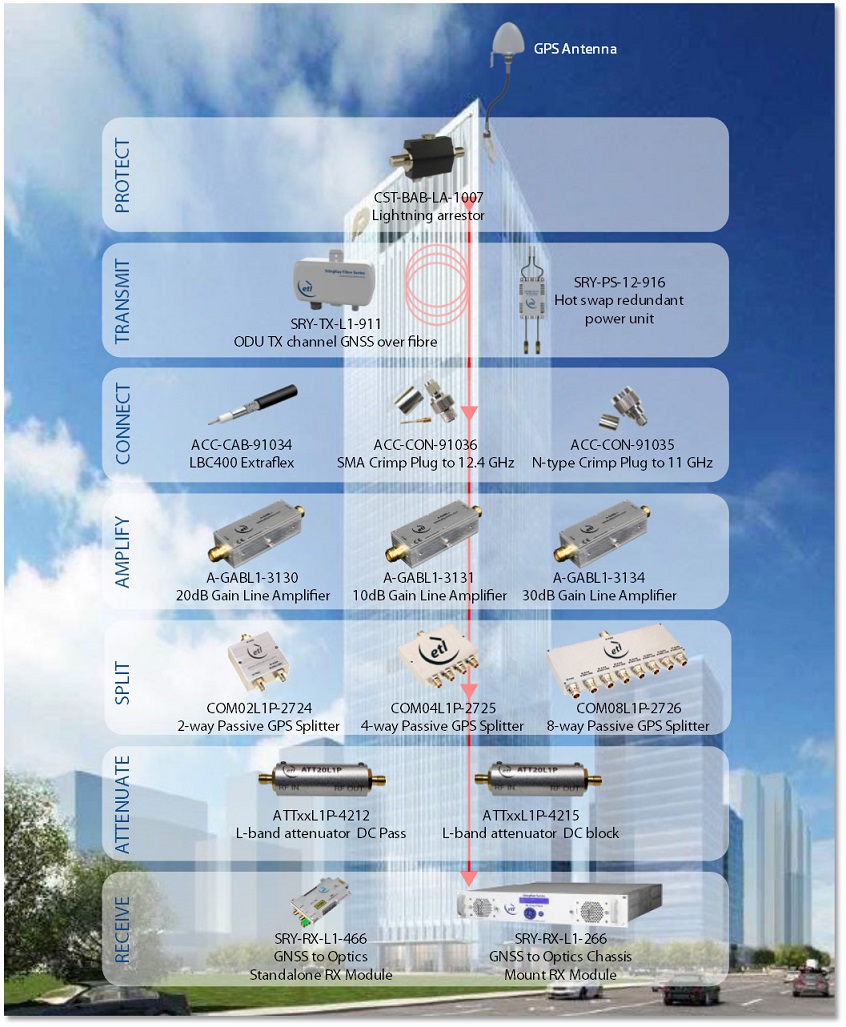Andrew Bond, Sales and Marketing Director, ETL Systems speaks about the evolution of satellite broadcasting
 Consumers demand content on every platform, everywhere, whenever they want it. This constant flow of content has evolved and produced Over-The-Top (OTT) – the buzzword of the moment and an umbrella phrase for content delivered for on-demand streaming over the internet.
Consumers demand content on every platform, everywhere, whenever they want it. This constant flow of content has evolved and produced Over-The-Top (OTT) – the buzzword of the moment and an umbrella phrase for content delivered for on-demand streaming over the internet.
Many insist this will lead to the eventual demise of satellite for broadcasting. But in actuality, consumer demand for instant breaking news and access to live events and sports means that satellite is, in many instances, the only viable and reliable way of delivering this content. It is still, therefore, very much in demand, as those of us in the industry have long maintained given the number of applications dependant on it every day around the globe.
The Evolving Face of Broadcast
Nevertheless, broadcasters still struggle to compete with OTT channels, which enable almost any content producer to mass distribute on a reasonable budget. Much of the content available on OTT channels is free, further complicating broadcast operations with pressure to maintain low subscription costs and even in some cases, free content.
Broadcasters also face the all-but-impossible task of racing the public to be the first on a newsworthy scene or to supply exclusive access to live events. What with the proliferation of social media and the fact that any individual with a mobile device can capture and distribute footage, sometimes even before a broadcaster knows an event is happening, there is an increased impetus on the speed of deployment.
As a result, broadcasters must to be able to provide coverage to consumers rapidly, from wherever a scene may be, and most importantly in good quality. This is the key to maintaining relevancy, given that it is one of the few aspects which smartphones and footage captured by the unskilled public simply can?t match.
Of course, this means broadcasters have to make the right investments and prevent the purchasing of below-par equipment as an attempt to keep expenditure low.
Maintaining a Reputation
The need for content everywhere, from anywhere is truly at the heart of the argument for maintaining satellite connections. Established broadband infrastructure is on the rise but can any region in the world boast quality, reliable fibre connections absolutely everywhere? My guess is no.
This is particularly applicable for live events or, for example, a well-known cycling race which only occurs once a year and is usually situated in remote countryside. Especially in the case of tragic natural disasters like the very recent Hurricanes battering the Caribbean Islands and United States, the only realistic way of ensuring a reliable feed to viewers is via satellite.
Reliable technology
Satellite operators know that for newsgathering, the ability to deliver live coverage quickly is paramount to a broadcaster?s success. Let?s consider the advantage of being able to setup a portable VSAT terminal in minutes, with auto-pointing antennas ensuring errors are unlikely and footage can be distributed instantly.
But consumers are also much less loyal to television channels or content offerings nowadays, due in part to the sheer range of options available to them. If they face any fluctuations in the quality of a broadcast, they are likely to switch elsewhere for their content.
The satellite industry is constantly innovating and producing new technologies to ensure continuous quality. In the past, VSATs were a byword for satellite interference and inevitably poor quality broadcasts. But solutions like a mobile app for assistance during setup, and vigorous type approvals to weed out the poor-quality amplifiers, attenuators, block up converters and so on, are now beating the problem. Even the slightest error during manufacturing can severely effect broadcast operations when it comes to VSATs, but it is this type of innovation which will ensure satellite continues to remain a key player for broadcasting.
Within the realm of outside broadcast, where the locations and conditions of the live environment are often unique, VSAT equipment must be able to operate effectively and cope with many distinct challenges. Consider the difficulty of avoiding damage to any equipment within OB trucks in tricky driving conditions.
Within the military environment where equipment really is tested to its limits, it?s absolutely essential that VSAT terminals remain reliable. But the very same VSAT equipment used in these environments are also used for broadcast, so we know they are well up to the task of covering live events and newsworthy occurrences wherever in the world.
Satellite?s Future
The simple efficiency of satellite for broadcast will ensure it remains an integral way of distributing coverage from one place to another as well as Direct-to-home services. Arguably no other form of distribution affords such reliability in such hostile environments, meaning it is perfectly suited for an industry that demands coverage everywhere.
As this continues to grow and consumers come to expect news and live events as they happen, the demand for satellite will also do the same, as long as satellite providers ensure they invest in capable and quality equipment up to the task ahead.







































































